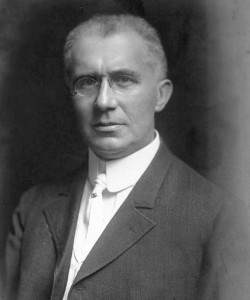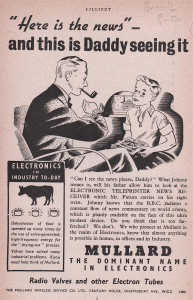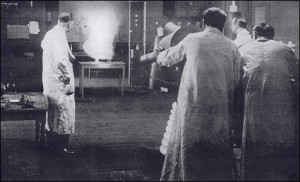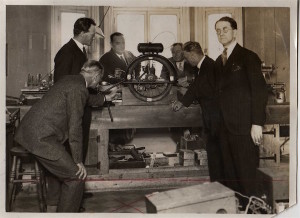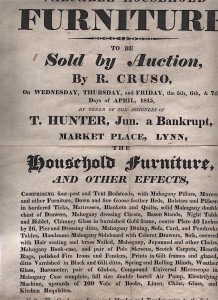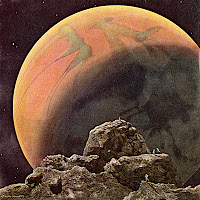
When the editor of The Complete Self-Educator (c1939) recruited the thirty-five year old Cedric Dover to write the section on biology for his multi-author book, he knew what he was going to get. Dover (1904 – 61), an Anglo-Indian entomologist, born in Calcutta, who had signalled his passion for insects by publishing The Common Butterflies of India at the tender age of seventeen, had gone on, despite the lack of a degree, to write learned papers on entomology for various journals, but soon afterwards changed his focus to race issues, bringing out such books as Half-Caste, Know this of Race and Brown Phoenix.
Dover’s new interest in race was undoubtedly engendered by his status as a mixed-race person in a land dominated by white people. On arriving in London in 1934 from India, where he had abandoned his wife and three children, he soon became involved with V. K. Krishna Menon’s India League. He later corresponded for a number of years with George Orwell, usually on the subjects of politics and race, and in a letter of 1940 Orwell reprimanded him for spelling the word negro with a capital ‘n’. As a supporter of Stalin at this time, principally because he believed that the Soviet leader stood for racial equality, Dover would have antagonised the author of Animal Farm, and indeed Orwell included Dover on his notorious list of persons not to be considered as potential writers of anti-communist propaganda, where he was described as ‘ a very dishonest and venal person whose main emphasis was anti-white ( especially anti-USA ), and reliably pro-Russian on all major issues’.
Some indication of Dover’s obsession with combating racism can be founded in his chapter on blood and blood groups in The Complete Self-Educator. After discussing the genetics of blood, he concluded that
‘ while blood groups are determined by inheritance, the blood has no further hereditary significance. There is no ‘blood relationship ‘, and mothers do not hand on their blood to their children as is often supposed. There is no social or hereditary advantage in relationships with people of the same blood group…
And in these days, when ancient blood myths are being used for disgraceful political purposes, it is important to know what we are talking about when we talk about blood. No one is someone else’s flesh and blood. No one can keep his blood pure, except by keeping it clean and healthy. These superstitions not only clutter up our language and our thinking. They help to play us into the hands of the enemies of human decency.’
On the subject of races, Dover was equally emphatic:
‘…human groups ( they can hardly be called races) have been broken down and built up by migration and crossing followed by periods of isolation, and their characteristics are now being shuffled by further crossing. All human ‘ races ‘ are mixed races.’
On the issue of biology and society Dover argued that Darwin’s theory of the survival of the fittest was a natural process that occurred over time.
‘It is a question of space, food and numbers. It is therefore a distortion of the truth to apply it justifies war and the inequalities of capitalist society. We do not need war to eliminate the unfit, especially as it first eliminates the fittest. We do not need exploitation masquerading as ‘ free competition’ for ensuring the survival of the fittest and the improvement of mankind. There is room and food for all, and those who spread such travesties of biological thinking already have more than they need. And they are by no means the fittest…’
Continue reading
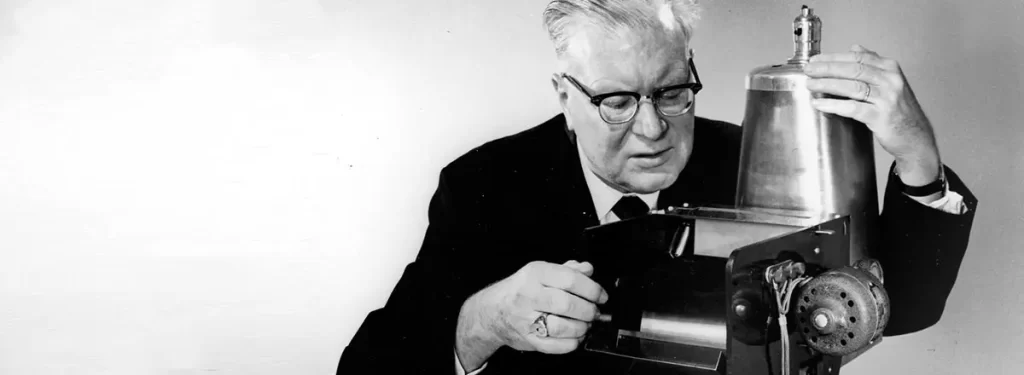

 magazine Tomorrow, which was devoted to ‘parapsychology, cosmology and traditional studies’. In it a review of Aldous Huxley’s Doors of Perception, which had originally appeared in Asia ten years before, reopens the dispute as to whether an artificially induced state of transcendence is equivalent in quality to a similar state achieved through a religious experience.
magazine Tomorrow, which was devoted to ‘parapsychology, cosmology and traditional studies’. In it a review of Aldous Huxley’s Doors of Perception, which had originally appeared in Asia ten years before, reopens the dispute as to whether an artificially induced state of transcendence is equivalent in quality to a similar state achieved through a religious experience.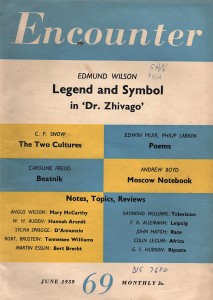
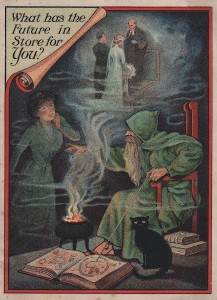
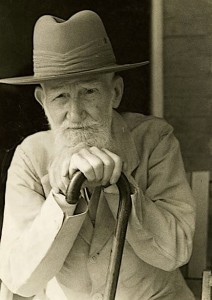
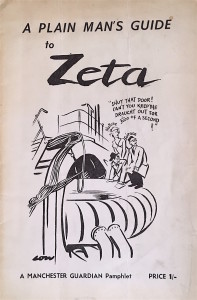
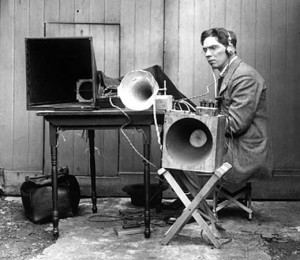
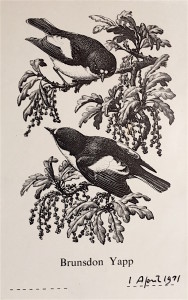
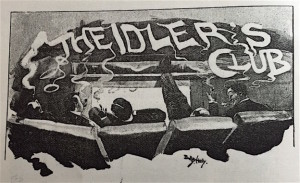
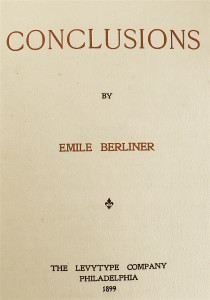 by the Levytype Co., in 1899. Berliner was the inventor of the gramophone and the gramophone record and exceedingly wealthy. This book presents his philosophy and may have been a vanity project, this copy is marked complimentary and limited to 500. He appears to have been something of an agnostic and his views, especially his faith in science,
by the Levytype Co., in 1899. Berliner was the inventor of the gramophone and the gramophone record and exceedingly wealthy. This book presents his philosophy and may have been a vanity project, this copy is marked complimentary and limited to 500. He appears to have been something of an agnostic and his views, especially his faith in science,